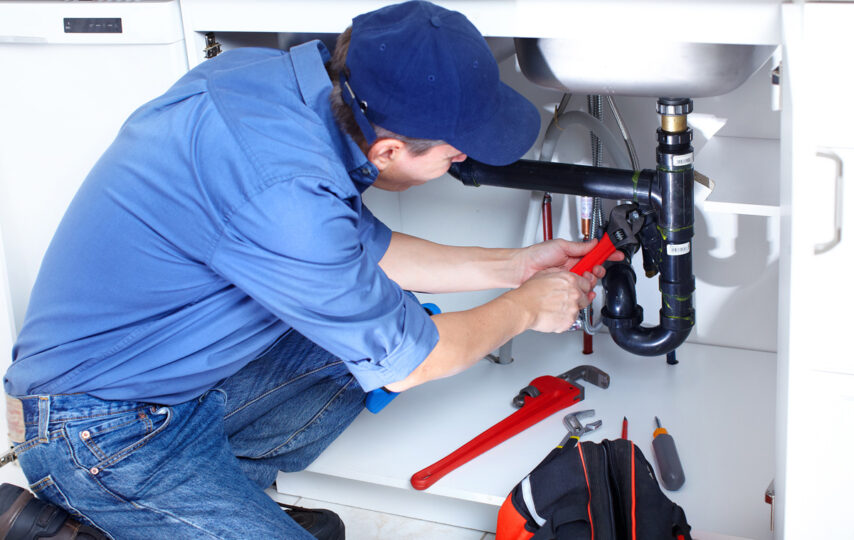As people admire the charm and character of older homes, it’s important to remember that beneath the surface, their plumbing systems may be gracefully aging—or showing signs of wear and tear. Plumbing issues can be common in older homes, and recognising the signs is essential to prevent potential disasters. So, this guide will talk about some common indicators of plumbing problems in older houses and why it’s wise to Google “plumber near me” when these issues arise.
The Timeless Appeal of Older Homes
Older homes have a certain allure that’s hard to replicate. The craftsmanship, architectural details, and unique character make them treasured gems in the world of real estate. However, it’s crucial to remember that, like anything, these homes age, and their plumbing systems are no exception. So, here are some signs that your vintage abode might be in need of plumbing attention:
- Outdated Pipes
Many older homes were built with pipes made of materials like galvanised steel or cast iron. Over time, these pipes can corrode, rust, and develop leaks. So, if you notice discoloured water, low water pressure, or visible rust, it’s time to inspect your pipes.
- Frequent Clogs
Older plumbing systems often have narrower pipes, making them more prone to clogs from debris, grease, and mineral buildup. Frequent toilet, sink, or bathtub clogs might indicate underlying issues in the pipes.
- Water Quality Issues
Older homes may have plumbing that affects water quality. So, if you notice an unusual taste or smell in your water or if you see visible particles in it, your pipes could be deteriorating and contaminating your water supply.
- Slow Drainage
If sinks and bathtubs are slow to drain, it’s a sign that there may be blockages or insufficient venting in your plumbing system. Slow drainage can lead to backups and potential damage.
- Leaky Faucets and Toilets
Persistent leaks from faucets, toilets, or any plumbing fixture can indicate worn-out components that need replacement. Ignoring these leaks can lead to water wastage and increased utility bills.
- Water Stains and Mold Growth
Water stains on walls, ceilings, or floors, as well as mould or mildew growth, are indicators of plumbing leaks. Addressing these issues promptly is essential to prevent structural damage and health hazards.
Why Look for an Expert?
When you encounter these signs of plumbing trouble in your older home, it’s not a time to DIY; it’s a time to Google “plumber near me.” As such, here’s why professional plumbing assistance is crucial:
Experience: Experienced plumbers have dealt with a variety of plumbing issues, including those specific to older homes. They can quickly spot the root cause of the problem and provide effective solutions.
Proper Diagnosis: Plumbers have the tools and expertise to diagnose plumbing issues accurately. They can pinpoint hidden leaks, assess pipe conditions, and recommend the best course of action.
Preventive Maintenance: Regular maintenance by a professional plumber can help extend the lifespan of your plumbing system and prevent costly repairs down the road.
Upgraded Materials: A plumber can recommend and install modern, durable plumbing materials to replace outdated pipes and fixtures, ensuring the longevity of your system.
Emergency Response: Plumbing emergencies may happen at any time. As such, having a reliable plumber nearby means you can get immediate assistance when you need it most.
Conclusion
Older homes exude charm, but their plumbing systems may require special attention. So, don’t let the age of your home be a cause for concern. Instead, be vigilant for signs of plumbing issues and act promptly. Whether it’s outdated pipes, frequent clogs, or water quality concerns, professional plumbers are your partners in maintaining the integrity of your vintage plumbing system. When you detect any of these signs, remember to hire an expert to ensure that your cherished older home continues to age gracefully without plumbing hiccups.








